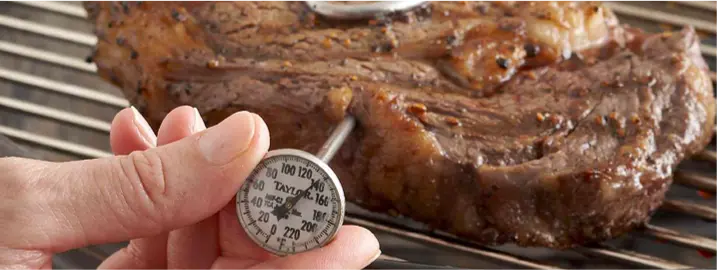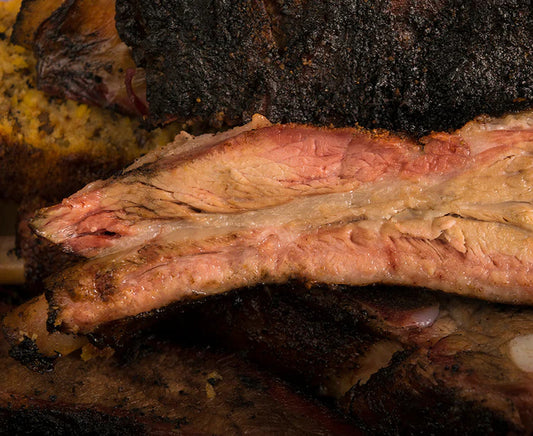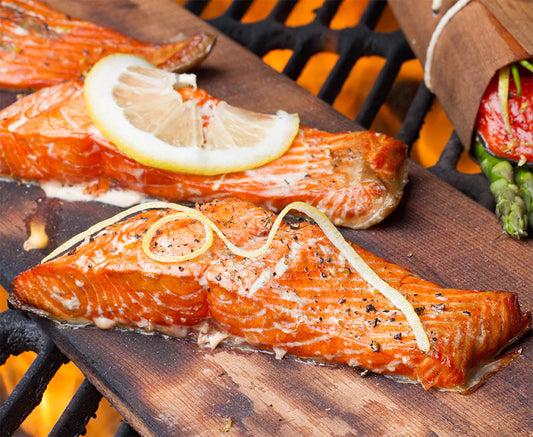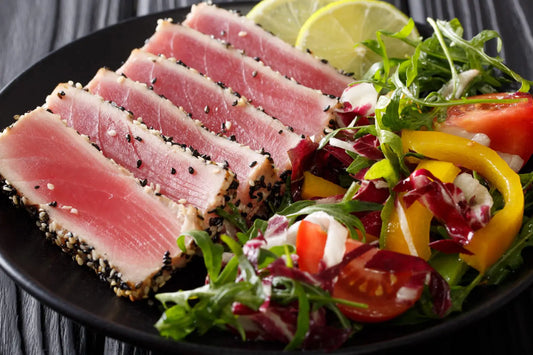The secret behind cooking meat to perfection is internal temperature, whether it is a slim flank steak or a thick porterhouse, every steak requires a target temperature for that precision doneness.
Techniques for using a meat thermometer

A meat thermometer is the best way to check doneness. It instantly reads the temperature to let you know if the steak is done rare, medium, or well. To get the correct temperature of the steak, hold the thermometer on the thickest meaty part of the steak. It should be away from the bone or fat.
It is important to note that the meat will continue to cook with the residual temperature even after removing it from the smoker/grill. So, if your steak is supposed to reach doneness by 165° F (73.9° C) remove it from the smoker or grill after it reaches 160° F (71.1° C).
Getting a perfectly done steak or a whole turkey with prominent grill marks seems like a moment of bliss. The truth is this blissful moment requires a lot of skill and experience.
Most of the time our smoked steak ends up overcooked or undercooked after hours of marinating and searing. While we agree that nothing can beat the experience of a pitmaster, we also believe that a meat thermometer can be a quick fix to this problem.
This simple tool will read the temperature of the meat to let you know its doneness. Here are a few tips on using a meat thermometer.
Choose the right thermometer
Different types of meat thermometers are available in the market. You should know exactly which one to pick for your style of cooking. The most commonly used thermometers are bimetallic strip thermometer, bulb thermometers, electric probe thermometer, and an instant-read thermometer.
While bimetallic and bulb thermometers are basic options, the most convenient one is the instant-read thermometer. It gives an accurate reading and is perfect for checking roasted or smoked large cuts of meats.
Placing the thermometer for an accurate reading
Usually, a thermometer is inserted only half an inch inside the meat, but if the steak is thicker than an inch, you need to insert it deeper. As you insert the thermometer, the temperature should start dropping, if you see it rising, you have inserted too far. Consider the lowest temperature as the accurate.
Check the meat frequently

When grilling it is important to check your meat at regular intervals to avoid overcooking. For larger cuts of meat like steak or whole chicken, try to check after every 30 minutes. For thinner steaks, check after every 5 to 10 minutes.
Now for food smoking, you don’t want to open the door of your smoker as you’d lose internal temperature and have a longer cooking time. The recommendation here is to buy a thermometer with wired probes (or wireless) so it reads instantly without needing to open the door. Digital versions will also allow you to set alarms when the meat reaches the desired temperature.
The meat continues to cook even after removing it from the food smoker or grill due to the residual temperature. So try to remove it when it is at least 5 degrees less than the target temperature and allow it to rest before cutting.
Don’t forget to calibrate your thermometer
Test thermometer accuracy! Dip it in freezing ice water. You will notice the temperature drop to 0 degrees, and then recalibrate it using the reset button (available on several models) insuring an exact reading.
Don’t forget to check out the awesome articles on our Bradley Smoker Food Smoking Blog for more tips & tricks.




